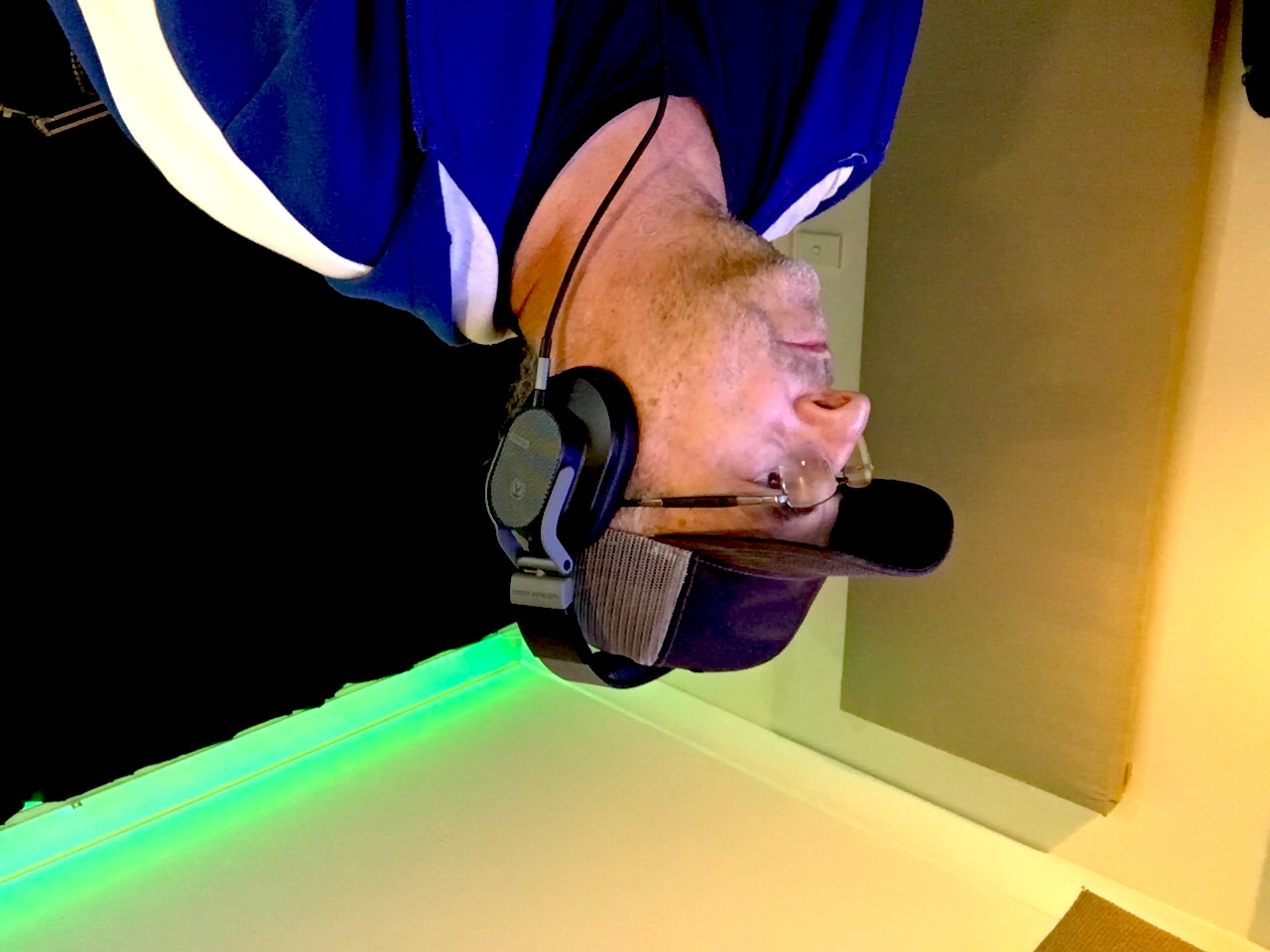How to Get Great Sound by Fixing Your Studio Monitor Placement
- Darren Robertson
- Oct 17
- 3 min read
Let’s be honest, most of us aren’t sitting in million-dollar studios with perfectly tuned walls and gold-plated door handles. We’ve got bedrooms, offices, and walk-in robes doing double duty as “studios.”
And that’s fine. You don’t need a fancy setup to get great sound. But if your audio sounds a bit boxy, dull, or muddy, it might not be your mic that’s the problem… It’s could also be your monitor placement.
Why Studio Monitor Placement Actually Matters
If you can’t hear what’s really going on, you can’t fix it. Your monitors (those speakers on your desk) are your ears’ best mates; they tell you the truth about your sound.
But when they’re sitting in the wrong spot, that truth gets twisted. Sound bounces off walls, floors, and desks, and suddenly, what you’re hearing isn’t accurate anymore. You end up tweaking EQs or swapping gear when the real issue is simple physics.
Tame the Room First

A bit like your booth, your control room — or the space you listen in — needs fixing too. You might have your booth treated beautifully, but if you’re sitting in a reflective, echoey room when you’re editing or listening back, you’ll never really hear what’s going on.
Hard, shiny surfaces like glass, plaster, or laminate tables act like mirrors for sound. They bounce audio around and blur what your ears pick up. It’s the same reason you treat a booth, only this time, it’s for your ears, not your mic.
Here’s how to clean things up without turning your house into a recording bunker:
Curtains beat glass. If there’s a window near your setup, cover it.
Soft beats shiny. A rug, curtain, or doona on a reflective wall can make a big difference.
Lift your monitors off the desk. Stands or foam pads will stop sound from bouncing straight back at you.
You don’t need a big renovation — even a few tweaks can make your control room sound tighter, clearer, and more honest.
Find Your Spot
Before you even move the monitors, think about where you sit. Most people plant their chair smack in the middle of the room, which just happens to be where low frequencies cancel out. That’s why your sound might seem thin or lacking warmth.
Try this instead: sit about 38% of the room’s length away from the wall in front of you (the wall your monitors face). It’s not black magic, it’s just a sweet spot that helps your low end behave itself.
The Golden Triangle Rule

Here’s the simple geometry that works every time.Your two monitors and your head should form a perfect triangle, all sides the same length.
Each speaker should point directly at your ears, not straight ahead.That’s your sweet spot — where your sound suddenly feels balanced, detailed, and real. You’ll know you’re in it when you can close your eyes and the sound feels like it’s sitting right in front of your face, not leaning left or right.
Height and Distance: Keep It Honest
Your monitors should sit so the tweeters (the small top cones) are right at ear level when you’re sitting comfortably. Too high or too low, and you’ll lose the high-end clarity.
Keep them about 30 centimetres off the back wall, and further from the sides if possible.If they’re the same distance from the back and side walls, you’ll get weird bass reflections that make things sound boomy or hollow.
If you can’t raise them, angle them slightly toward your ears, no more than 15 degrees, and you’ll still get the focus you need.
Subwoofers (If You’ve Got One)

If you’ve added a sub, use it to hear the low end, not to make the room shake.A sub shou
ld reveal detail, not drown it.If your sound only feels “full” when the sub’s on, it’s probably too loud.
Use it as a reference, not a crutch.
The Takeaway
Getting great sound isn’t about buying more gear. It’s about understanding how your space behaves and working with it, not against it.
Move your monitors, soften a few surfaces, and find your sweet spot, and suddenly your booth, your edits, and your playback all make sense. The gear you already own will start sounding like it cost a whole lot more.
Not sure where to start ? That’s what Just Ask Robbo is for. Book a one-on-one Home Studio Checkup and I’ll help you sort your space, tame your reflections, and get the clear, professional sound you’ve been chasing.👉 justaskrobbo.com






Comments